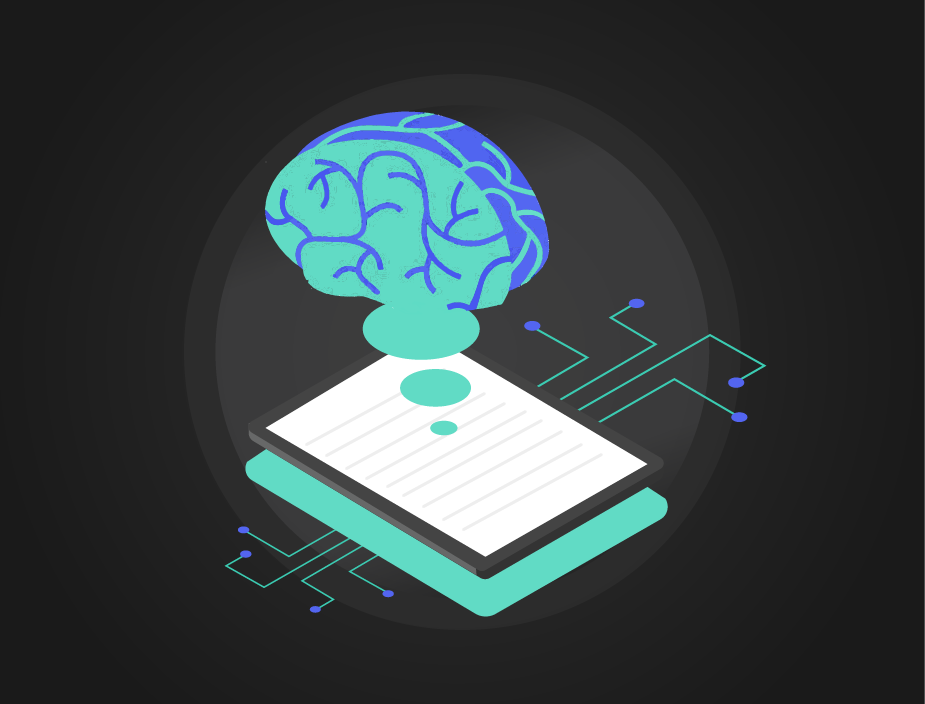Join our newsletter



Employees are excited about AI, but how do you turn that buzz into real results? Here's a roadmap for leaders
Focus on a specific pain point like customer service wait times, and apply AI to improve it. Look at companies like Dentsu and Estée Lauder for inspiration.
Stay calm and identify a specific, high-impact area where AI can address a critical business challenge. Consider customer service, where AI-powered chatbots can efficiently handle routine inquiries, freeing up human agents for more complex issues. This not only improves customer experience but also reduces call handling times and operational costs.
Companies like Dentsu, a global advertising network, are pioneers in this approach. They've leveraged AI to streamline their creative development process, allowing teams to focus on strategic vision and high-concept ideas. Similarly, Estée Lauder is using AI to personalize customer experiences and accelerate product development, ensuring their offerings remain relevant and competitive.
Get everyone on board, from executives promoting AI to front-line employees implementing it. Just like with Microsoft's Copilot, internal champions are key.
AI transformation necessitates a comprehensive approach that engages all levels of your organization. Leaders, from the CEO down, play a crucial role in setting the vision, providing resources, and championing AI initiatives. Their commitment sends a powerful message to employees and fosters a culture of innovation.
However, top-down leadership alone isn't enough. Activating teams at all levels is equally important. Business line leaders should act as catalysts, identifying opportunities where AI can enhance their team's work. Empower front-line employees to participate in pilot projects and provide feedback – they often have the most in-depth understanding of day-to-day challenges and workflow inefficiencies.
Microsoft's success with its AI tool, Copilot, serves as a prime example. The company relied heavily on internal champions at all levels – from executives to technical experts – to model and spread AI enthusiasm and proficiency. This bottom-up buy-in ensured the successful adoption and integration of AI across the organization.
Give your team the tools to succeed. Provide training tailored to specific roles and functions, using resources like LinkedIn Learning.
We're at a tipping point for AI. Soon, we'll wonder how we ever worked without it. Be bold, embrace this disruption, and turn AI enthusiasm into a competitive advantage. The future belongs to those who act now.
While AI tools offer immense potential, they require skilled users to maximize their effectiveness. Equip your team with the necessary training to leverage AI effectively.
This training should be multi-faceted. Start with general AI literacy programs that familiarize everyone with AI concepts and applications. Complement this with role-specific training that equips employees with the skills to use AI tools relevant to their specific tasks and functions. Platforms like LinkedIn Learning offer a wealth of courses, both general and specialized, to build proficiency in AI.
Furthermore, consider creating internal resources like Microsoft's Copilot Scenario Library. This library compiles real-world AI use cases across various roles and functions, providing employees with practical examples and fostering a knowledge-sharing culture within the organization.
By adopting these strategies, leaders can leverage employee enthusiasm for AI and transform it into a powerful engine for business growth. We are at a pivotal moment in the evolution of work. AI is rapidly reshaping every aspect of our jobs, offering opportunities for increased creativity, productivity, and collaboration.